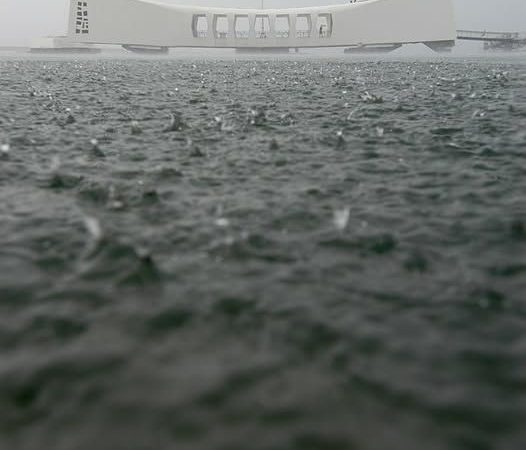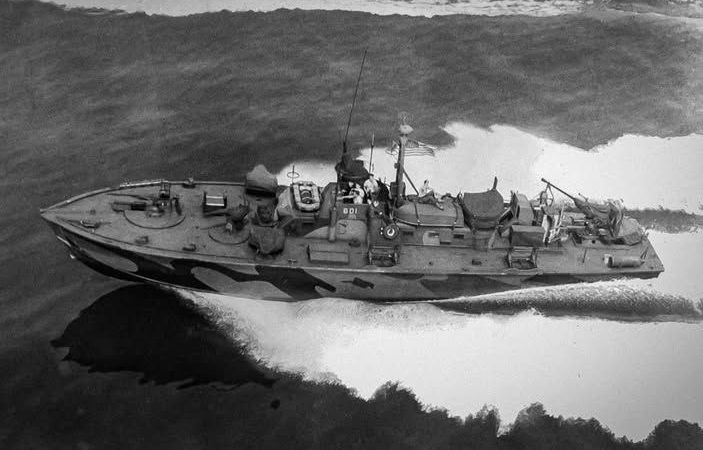French Armored Cruiser Dupuy de Lôme, Circa 1890: Designed for Intercepting Enemy Merchant Ships
The French armored cruiser Dupuy de Lôme, launched in the early 1890s, was a unique naval vessel with a primary mission of targeting enemy merchant ships. Named after the renowned French naval architect Henri Dupuy de Lôme, this cruiser was part of a broader French strategy to disrupt the commerce and supply lines of adversaries, particularly in times of conflict.
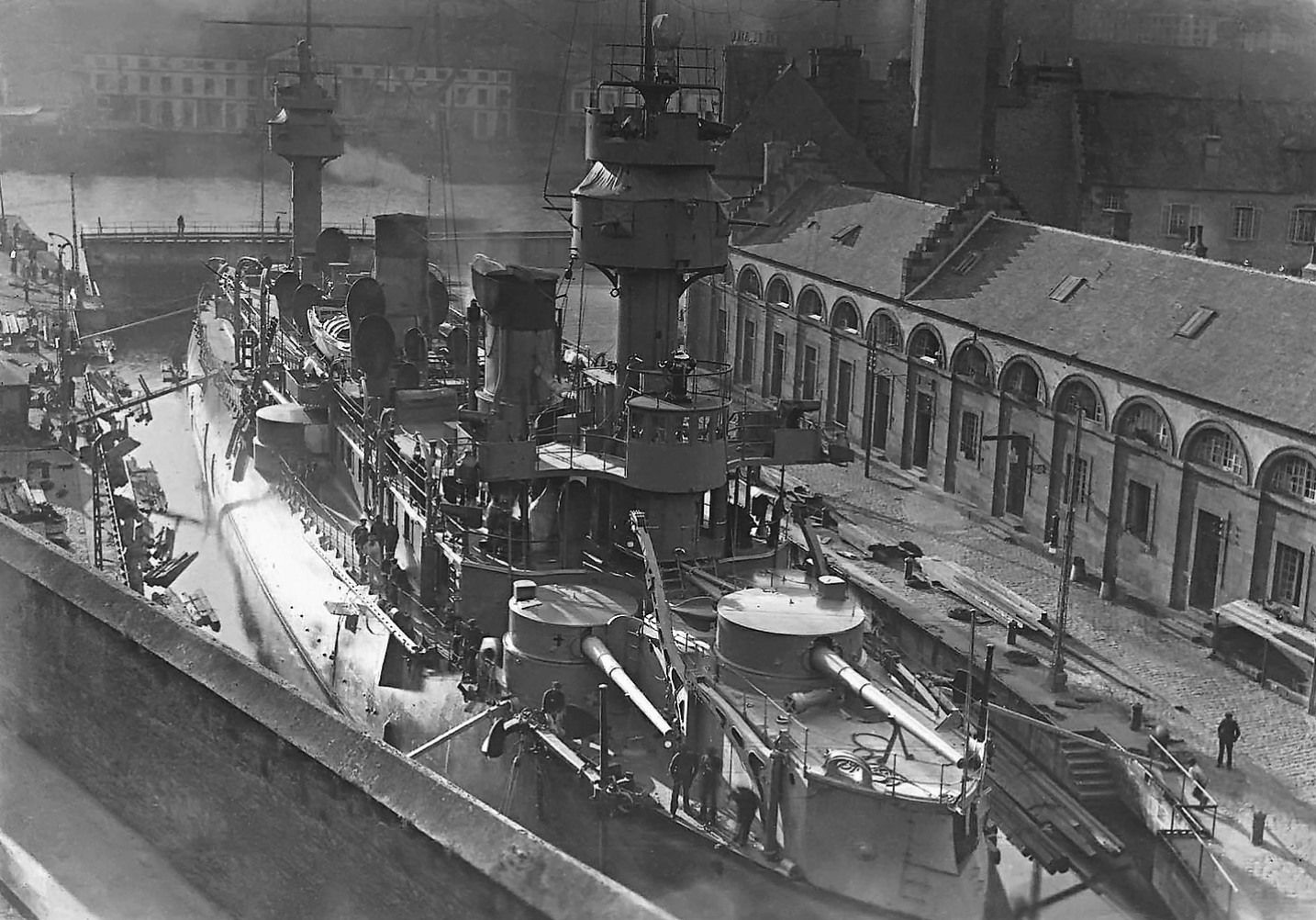
Dupuy de Lôme was notable for its design, which combined both speed and firepower to effectively chase and overpower lightly defended merchant vessels. The ship boasted an armor belt along its hull, providing significant protection against enemy fire, as well as a set of powerful artillery guns capable of inflicting substantial damage. This combination made it a formidable tool in commerce raiding, a strategy that allowed smaller navies like France’s to exert strategic pressure on larger navies by threatening their supply routes.
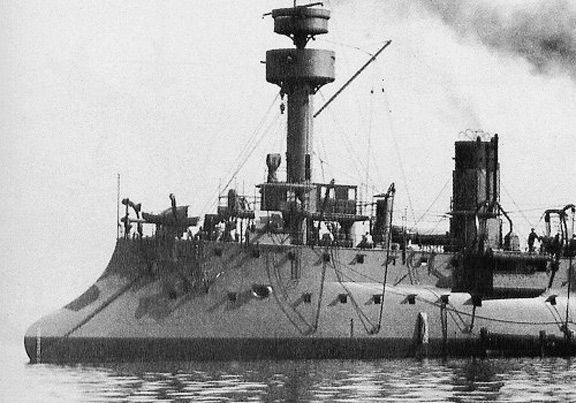
At the time of its launch, Dupuy de Lôme represented a significant advancement in naval engineering. It was among the first cruisers to feature an armored hull specifically for attacking merchant shipping. The vessel also exemplified the French Navy’s “Jeune École” doctrine, which advocated using fast, heavily armed ships to undermine the economic strength of enemy nations. This cruiser was thus an essential component of France’s naval tactics, focusing on disrupting the economic lifelines of potential adversaries rather than engaging in direct fleet-to-fleet combat.
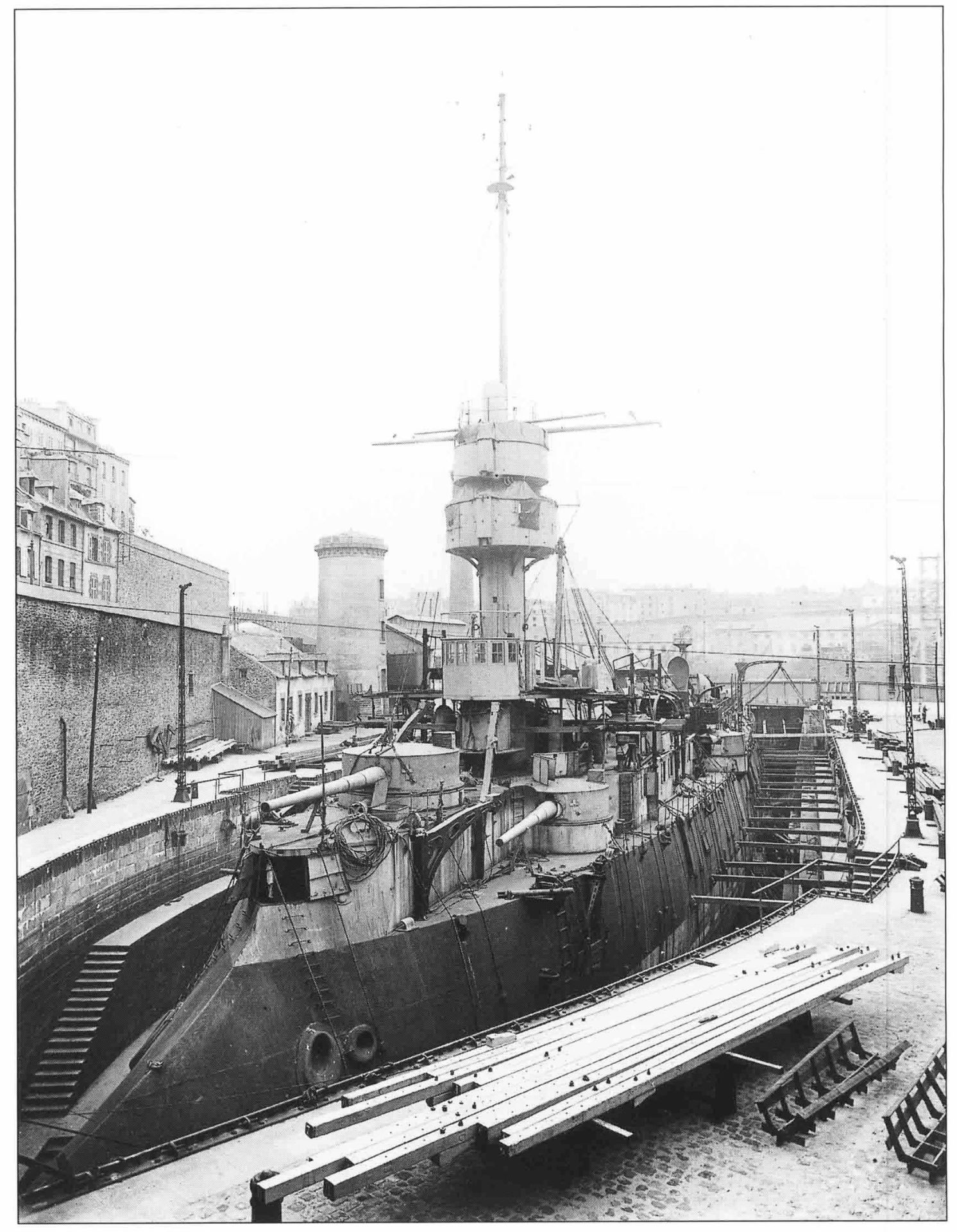
While the role of commerce raiding has evolved with advancements in technology, the Dupuy de Lôme remains an interesting example of naval innovation. The ship’s design and mission highlight a period when naval powers sought alternative strategies to exert control and demonstrate power on the high seas.

